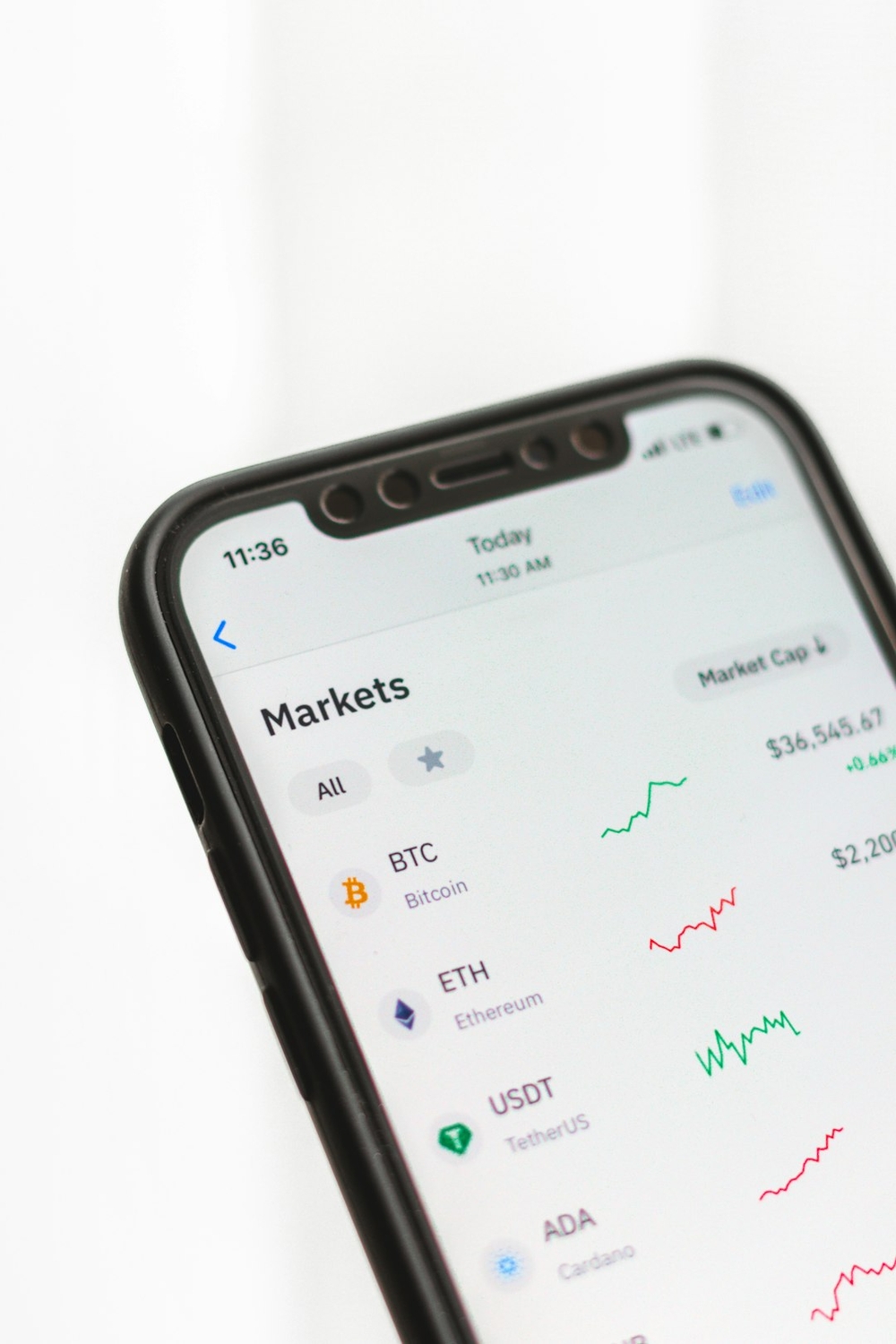Published
- 3 min read
Artificial Intelligence applied to Crypto Trading

Artificial Intelligence Applied to Crypto Trading: A Comprehensive Guide
In a financial landscape that is rapidly evolving, the integration of Artificial Intelligence (AI) into Crypto trading has become not just an appealing concept, but a critical tool for traders. AI is revolutionizing the way we approach cryptocurrency trading by providing tools to manage risk, make predictions, and execute trades more effectively. This guide aims to explore how AI is applied to Crypto Trading, hoping to provide insights and understanding for intermediate-level traders.
A New Era of Trading
Artificial intelligence is a broad term that encompasses various technologies, including machine learning (ML), natural language processing (NLP), and predictive analytics. These technologies can be applied to crypto trading in various ways, most notably in predictive analytics and automated trading.
Predictive analytics uses historical data to predict future events. In the context of crypto trading, this could involve predicting the price of Bitcoin next week based on its price patterns over the last five years. Machine learning, a subset of AI, is often used in predictive analytics. Machine learning algorithms learn from historical data and can make predictions based on patterns they identify in this data.
Automated trading, on the other hand, uses AI to execute trades. This is often done using a combination of predictive analytics and predefined rules. For example, an AI trading bot might be programmed to sell Bitcoin when its price rises above a certain threshold.
Code Examples: Machine Learning in Crypto Trading
Here’s an example of how you might use a simple machine learning algorithm, in Python, to predict cryptocurrency prices. We’ll use the Python library sklearn for this.
from sklearn import linear_model
from sklearn.model_selection import train_test_split
import pandas as pd
# Load dataset
data = pd.read_csv('crypto_prices.csv')
# Prepare data
data['date'] = pd.to_datetime(data['date'])
data = data.set_index('date')
# Split into train and test sets
train, test = train_test_split(data, test_size=0.2)
# Train model
model = linear_model.LinearRegression()
model.fit(train[['open', 'high', 'low', 'volume']], train['close'])
# Make predictions
predictions = model.predict(test[['open', 'high', 'low', 'volume']])This code first loads a dataset of cryptocurrency prices, then splits this data into a training set and a test set. The model is then trained on the training set and used to make predictions on the test set.
Please remember that this is a very basic example. Real-world trading models would be much more complex and consider more factors.
Benefits and Challenges
The main advantage of using AI in crypto trading is its ability to process vast amounts of data at an incredibly high speed. This makes it possible to execute trades at the optimal time, potentially leading to higher profits. Furthermore, AI can operate 24/7, allowing it to take advantage of opportunities that a human trader might miss.
However, there are also challenges. One of the main challenges is the unpredictability of the cryptocurrency market. Cryptocurrencies are highly volatile and can be influenced by a wide range of factors, from regulatory news to tweets from influential figures. This makes it difficult for AI to make accurate predictions.
Conclusion
Artificial Intelligence has the potential to greatly enhance crypto trading strategies. While the technology is still in its early stages, the progress made so far is promising. As AI continues to evolve and improve, we can expect it to play an increasingly important role in the world of crypto trading.
For further reading and to delve deeper, I recommend the article “Artificial Intelligence in Cryptocurrency Trading” by T. Brabazon et al. here.
Remember, while AI can certainly augment your trading strategies, it’s crucial to always stay informed and make mindful decisions. Happy trading!